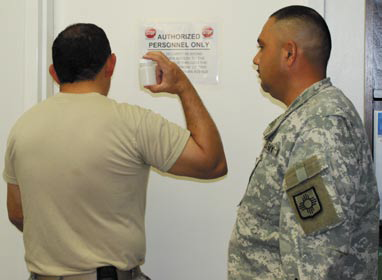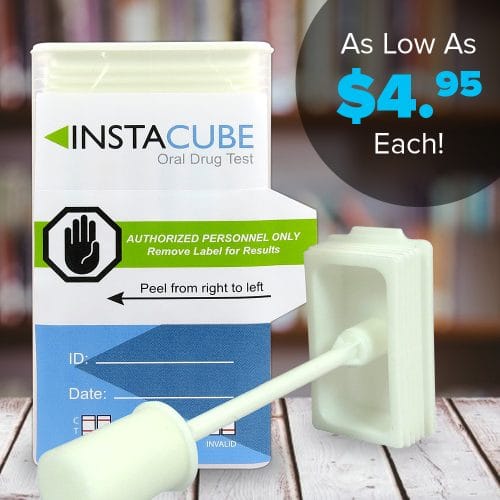A drug test is a technical analysis of a biological specimen – for example urine, hair, blood, sweat, or oral fluid / saliva – to determine the presence or absence of specified parent drugs or their metabolites. Major uses of drug testing are to detect the presence of performance enhancing steroids in sport or for drugs prohibited by laws, such as cannabis, cocaine and heroin. A “10-panel urine screen” consists of the following: 1. Amphetamines (including Methamphetamine) 2. Barbiturates 3.
| S | M | T | W | T | F | S |
|---|---|---|---|---|---|---|
| 1 | 2 | 3 | 4 | 5 | 6 | |
| 7 | 8 | 9 | 10 | 11 | 12 | 13 |
| 14 | 15 | 16 | 17 | 18 | 19 | 20 |
| 21 | 22 | 23 | 24 | 25 | 26 | 27 |
| 28 | 29 | 30 | 31 | |||
Recent Posts
- The Ins and Outs of INSTANT DRUG TESTING: “What You Need to Know?”
- Saliva Drug Test: An Overview of Oral Drug Testing Method
- Navigating the Pros and Cons of No THC Drug Testing Policies
- Creating Compliant Drug Testing Policies: A Guide for Organizations
- Oral Drug Tests vs. Urine Cup Drug Tests: A Comprehensive Guide for Modern Organizations
Categories
Archives
Content Policy
Please note that the topics and contents of this blog are the opinions and findings of the content creator and do not represent the company’s official stance on topics. This content is provided as a way to shed light on trending topics in the drug testing industry, and should not be considered the “final word.” If you find these blog posts interesting, but are unsure of some of the details, we encourage you to do your own research to verify. DrugTestsInBulk.com does not provide legal advice in the drug screening industry and all information provided is informational only. Please consult your own legal advisors for information on Federal, State and local drug testing laws/rules.



